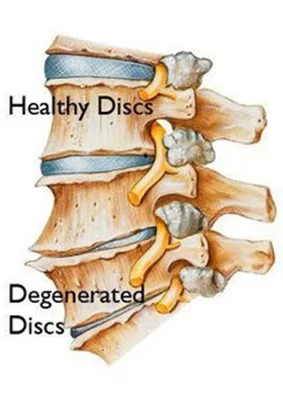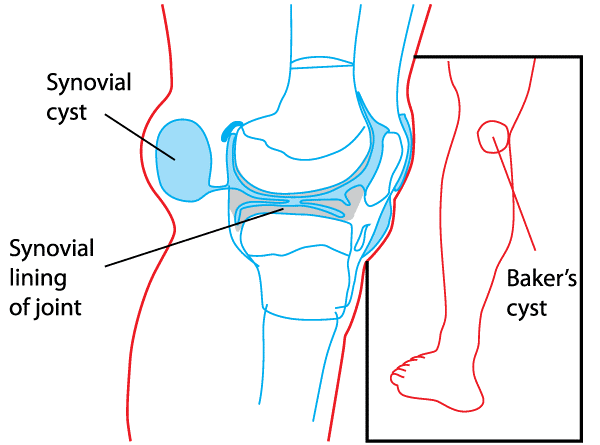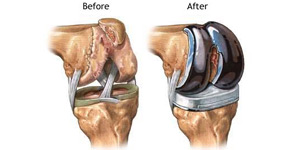Lumbar Spondylolisthesis
What is Lumbar Spondylolisthesis? Lumbar Spondylolisthesis occurs when one of the lumbar vertebrae in the spine moves forward relative to the vertebrae below it, causing pain or weakness. The most common area for spondylolisthesis to occur is within the bottom level of the lumbar spine between L5-S1. This slippage can lead to pressure on the…










